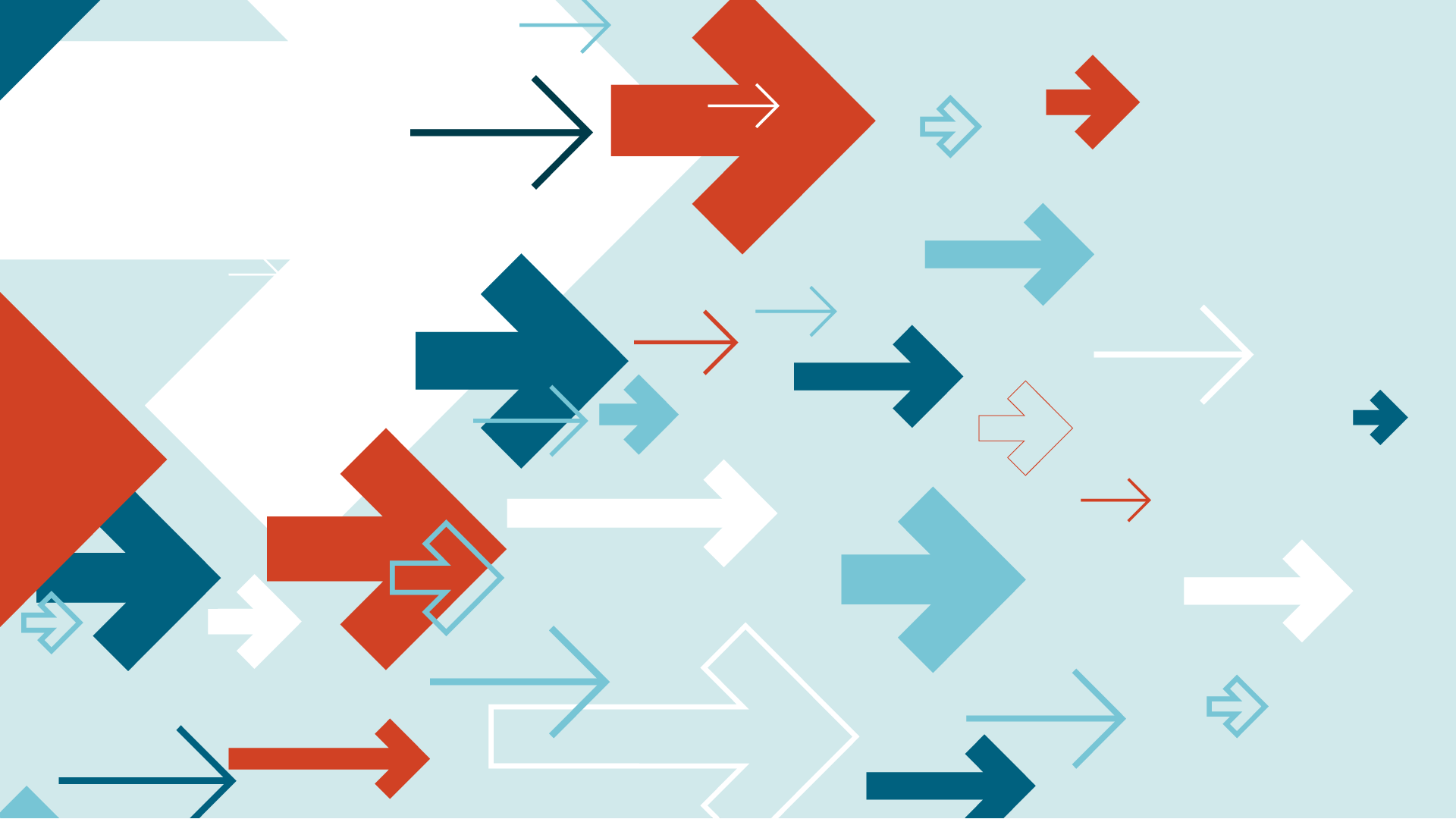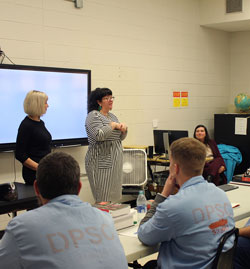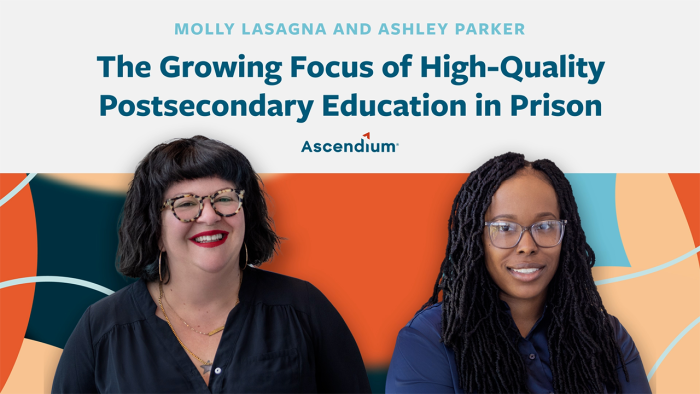
It’s Time to Change the Way We Think About Incarcerated Learners
 April 2023 has been officially designated as Second Chance Month. And while I welcome any opportunity to lift up and celebrate incarcerated learners, I see this designation as only the beginning. On July 1 of this year, the ban on Pell Grants for students in prison college programs will be lifted. This reintroduction of federal funding into the postsecondary education in prison field carries the potential of unprecedented program expansion, bringing with it a significant increase in learning opportunities for incarcerated learners. As a funder with a stated priority focused on supporting incarcerated learners, we’re thinking about how to support the field through this watershed moment.
April 2023 has been officially designated as Second Chance Month. And while I welcome any opportunity to lift up and celebrate incarcerated learners, I see this designation as only the beginning. On July 1 of this year, the ban on Pell Grants for students in prison college programs will be lifted. This reintroduction of federal funding into the postsecondary education in prison field carries the potential of unprecedented program expansion, bringing with it a significant increase in learning opportunities for incarcerated learners. As a funder with a stated priority focused on supporting incarcerated learners, we’re thinking about how to support the field through this watershed moment.
We know that creating opportunities for lifetime autonomy and success for this population of learners means investing not just in coursework and school supplies, but in the entire constellation of supports needed to help currently and formerly incarcerated learners apply that coursework to achieve upward mobility. This means that we invest both in student enrollment and completion. To be driven by outcomes in this space means thinking about incarcerated learners as a (rapidly growing) critical mass of students and applying the lessons we've learned in broader postsecondary education reform — namely, that we need to shift from thinking about whether incarcerated learners are college ready to thinking about how ready our colleges and employers are to support their success.
More specifically, we're thinking about how to:
- Build capacity and sustainability in the postsecondary education in prison field. For example, we're investing in the capacity of the Alliance for Higher Education in Prison to serve as a national resource and support hub for postsecondary education in prison programs.This will help programs provide comprehensive resources and opportunities for convening to colleges, corrections partners and state agencies so that all partners in this work may continue the conversation about how to improve the quality of and the access to postsecondary education for incarcerated learners.
- Strengthen partnerships to meet critical needs for technical assistance and applied research. For example, we do this through support of the National Association of Student Financial Aid Administrators, a technical assistance provider helping financial aid offices get ready for Pell Grant restoration, and the Higher Education in Prison Research Center at the University of Utah, the first university center dedicated to improving the quality of postsecondary education in prison. This will help colleges deepen their ability to collect and analyze data on access and success for incarcerated learners so that we may better equip those colleges to handle the implementation challenges of college behind bars.
- Ensuring that incarcerated learners have clear paths to meaningful employment after release. For example, we support the Unlocked Labs initiative at LaunchCode, an effort that equips incarcerated learners with computer programming skills and places them in tech jobs upon release. This will help students — our most important stakeholder group — see a return on investment for all the hard work it takes to navigate postsecondary education in a context that is not always conducive to learning.
It is imperative that we invest in postsecondary education in prison classrooms and seed pathways for incarcerated learners to find education and workforce training success. We must help them bring their credentials to life and create opportunities for them to apply their skills and knowledge to meaningful employment upon release. We also must fund the transformation of not only minds, but also conditions. Fundamentally, we need to reimagine how we think about, talk about, collect data on and integrate incarcerated learners into the mainstream of postsecondary education. Just like their colleagues in the free world, incarcerated learners deserve opportunities to thrive; for them, this means reduced barriers, expanded program offerings and comprehensive wraparound supports from the moment of incarceration to graduation and beyond.
We can all agree that student success should be at the heart of postsecondary education, and with the restoration of Pell Grants for learners in prison on the horizon, we have the chance to center the success of those learners in a groundbreaking way. This is the moment to take what we’ve learned about the ways students strive, struggle and ultimately capitalize on their education and apply it to what has historically been a small, niche population of students literally and figuratively hidden within the halls of postsecondary education. It’s a monumental year for postsecondary education in prison, and we look forward to doing our part.


